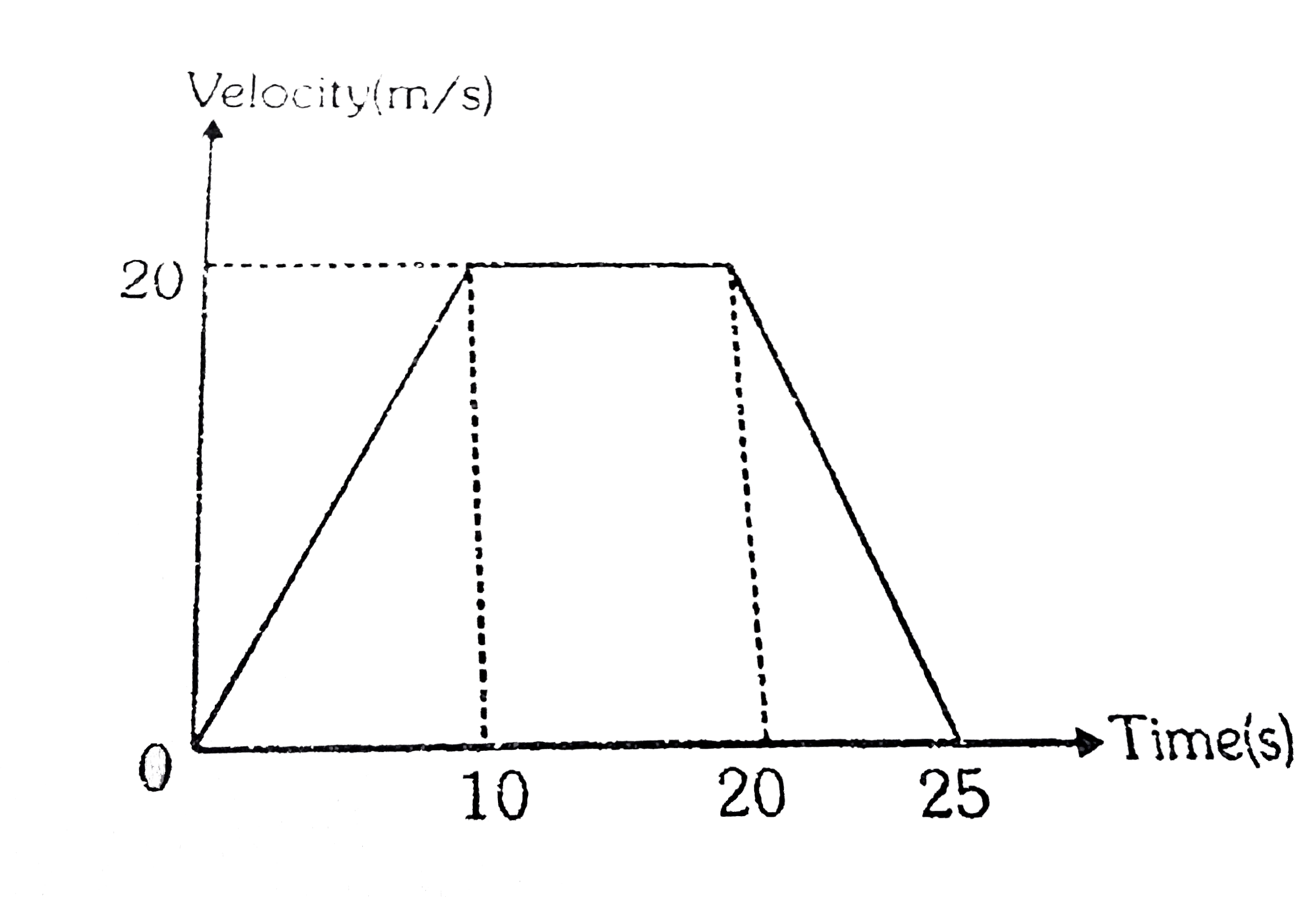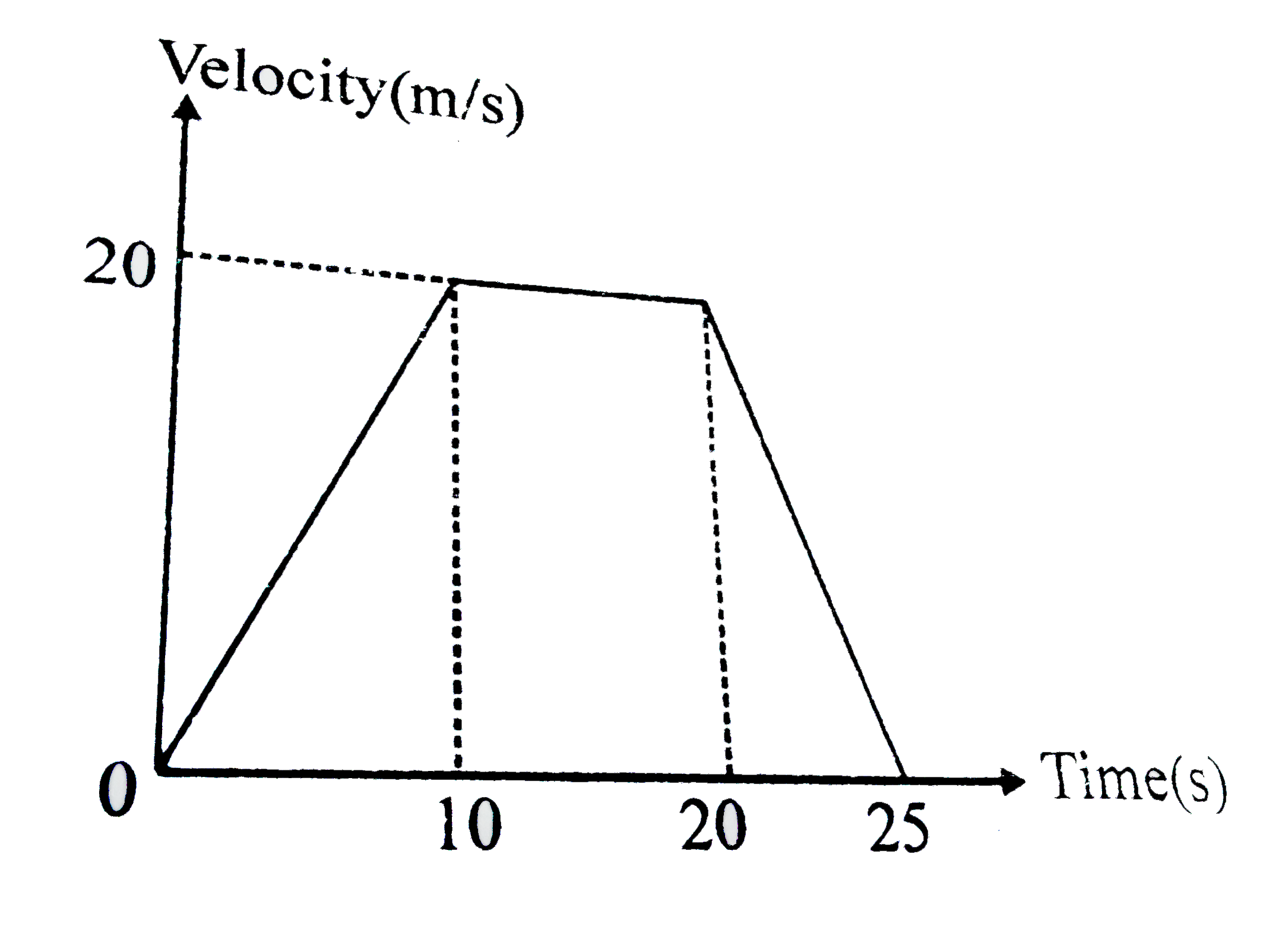A car moving on a straight road is an example of:
rotatory motion
rectilinear motion
oscillatory motion
periodic motion
The correct Answer is:B
To solve the question "A car moving on a straight road is an example of:", we can analyze the options provided and determine the correct answer step by step.
1. Understand the Types of Motion:
- Rotatory Motion: This type of motion involves an object rotating around a fixed point or axis. Examples include the motion of a spinning wheel or a rotating fan.
- Rectilinear Motion: This is the motion of an object moving along a straight line. It does not change direction and is characterized by a constant path.
- Oscillatory Motion: This motion involves an object moving back and forth around a central point. Examples include a pendulum swinging or a mass on a spring.
- Periodic Motion: This is a type of motion that repeats itself at regular intervals of time. Examples include the motion of a clock's hands or the swinging of a pendulum.
2. Analyze the Car's Motion:
- The question specifies that the car is moving on a straight road. This indicates that the car is traveling in a straight line without changing direction.
3. Eliminate Incorrect Options:
- Rotatory Motion: The car is not rotating; it is moving straight, so this option can be eliminated.
- Oscillatory Motion: The car is not moving back and forth; it is moving in a straight line, so this option can be eliminated.
- Periodic Motion: The car's motion does not repeat at regular intervals; it is simply moving from one point to another, so this option can also be eliminated.
4. Identify the Correct Option:
- Since the car is moving in a straight line, the only suitable option left is Rectilinear Motion. This type of motion perfectly describes the car's movement along the straight road.
Final Answer:
The correct answer is b) Rectilinear Motion.
---
- Rotatory Motion: This type of motion involves an object rotating around a fixed point or axis. Examples include the motion of a spinning wheel or a rotating fan.
- Rectilinear Motion: This is the motion of an object moving along a straight line. It does not change direction and is characterized by a constant path.
- Oscillatory Motion: This motion involves an object moving back and forth around a central point. Examples include a pendulum swinging or a mass on a spring.
- Periodic Motion: This is a type of motion that repeats itself at regular intervals of time. Examples include the motion of a clock's hands or the swinging of a pendulum.
- The question specifies that the car is moving on a straight road. This indicates that the car is traveling in a straight line without changing direction.
- Rotatory Motion: The car is not rotating; it is moving straight, so this option can be eliminated.
- Oscillatory Motion: The car is not moving back and forth; it is moving in a straight line, so this option can be eliminated.
- Periodic Motion: The car's motion does not repeat at regular intervals; it is simply moving from one point to another, so this option can also be eliminated.
- Since the car is moving in a straight line, the only suitable option left is Rectilinear Motion. This type of motion perfectly describes the car's movement along the straight road.
The correct answer is b) Rectilinear Motion.
Topper's Solved these Questions
- MOTIONBOOK - ICSECHAPTER - MOTIONEXERCISE - TEST YOURSELF (SHORT/LONG ANSWER QUESTIONS)
34 Videos
- MOTIONBOOK - ICSECHAPTER - MOTIONEXERCISE - TEST YOURSELF (NUMERICAL)
13 Videos
- MOTIONBOOK - ICSECHAPTER - MOTIONEXERCISE - TEST YOURSELF (MATCH THE COLUMN)
1 Videos
- MODEL TEST PAPER 2BOOK - ICSECHAPTER - MODEL TEST PAPER 2EXERCISE - SECTION II
40 Videos
- PHYSICAL QUANTITIES AND MEASUREMENTBOOK - ICSECHAPTER - PHYSICAL QUANTITIES AND MEASUREMENTEXERCISE - EXERCISE PICTURE STUDY
3 Videos
Similar Questions
Knowledge Check
A car moving along a straight road with speed of 144kmh−1 is brought to a stop within a distance of 200 m. How long does it take for the car to stop ?
A5 sB10 sC15 sD20 s
A car is moving on a straight road with a speed of 20m/s. The drive of the car put the breaks at some instant which retards the car uniformly at a rate of 2m/s2, until the car stops completely then find the time (t0) taken by the car and distance (d) travelled by car, from the instant the drive put the breaks till it stops:
View SolutionThe velocity-time graph of a car moving along a straight road is shown in figure. The average velocity of the car is first 25 seconds is

View SolutionThe velocity-time graph of a car moving along a straight road is shown in figure. The average velocity of the car in first 25 seconds is

View SolutionThe velocity of a car moving on a straight road increases linearly accroding to equation, v=1+bx , where a&b are positive constants. The acceleration in the course of such motion :(x is the displacement )
View SolutionA car moving on a straight road accelerates from a speed of 4.1 m/s to a speed of 6.9 m/s in 5.0 s. What was its average acceleration?
View SolutionA car is moving on a straight road covers one third of the distance with a speed of 20 km/h and the rest with a speed of 60 km/h. The average speed of the car is
View SolutionA car is moving on a straight road covers one third of the distance with a speed of 30 km/h and the rest with a speed of 50 km/h. The average speed of the car is
View Solution
